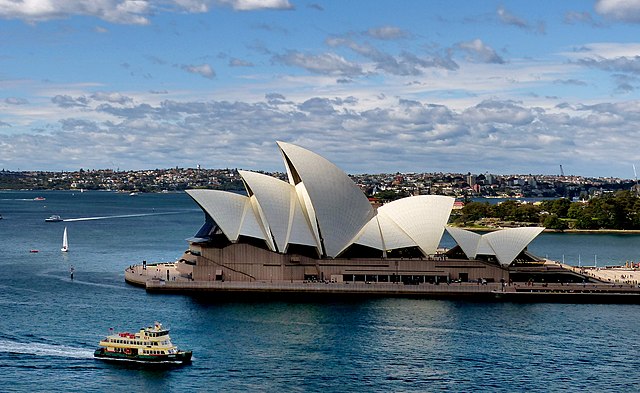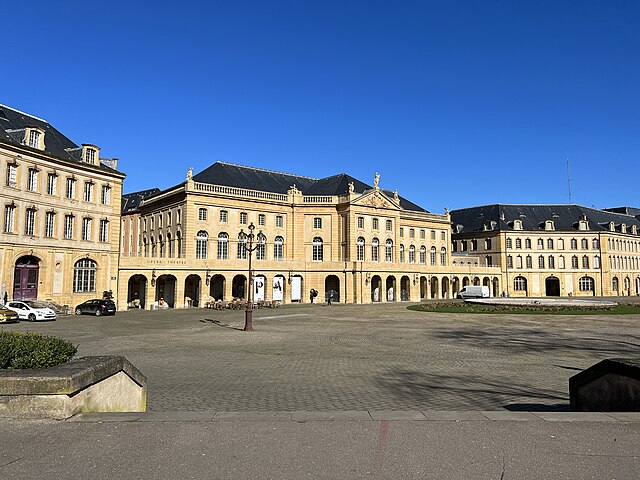Hungarian State Opera House
The Hungarian State Opera House is a historic opera house located in central Budapest, on Andrássy út. Originally known as the Hungarian Royal Opera House, it was designed by Miklós Ybl, a major figure of 19th-century Hungarian architecture. Construction began in 1875, funded by the city of Budapest and by Emperor Franz Joseph I of Austria-Hungary, and the new house opened to the public on the 27 September 1884. Before the closure of the "Népszínház" in Budapest, it was the third largest opera building in the city; today it is the second largest opera house in Budapest and in Hungary.
Hungarian State Opera House
The Opera House is on the left in this view of 1896.
Marble staircase steps up from the main entrance to the first floor
Hungarian State Opera House at evening
An opera house is a theater building used for performances of opera. Like many theaters, it usually includes a stage, an orchestra pit, audience seating, backstage facilities for costumes and building sets, as well as offices for the institution's administration.
Teatro di San Carlo in Naples, the world's oldest working opera house.
The Sydney Opera House is one of the world's most recognisable opera houses and landmarks.
Opéra-Théâtre de Metz Métropole, built by benefactor Charles Louis Auguste Fouquet, duc de Belle-Isle during the 18th century; it is the oldest opera house working in France.
The Estates Theatre in Prague (Czech Republic) is the only theatre left standing where Mozart performed.








